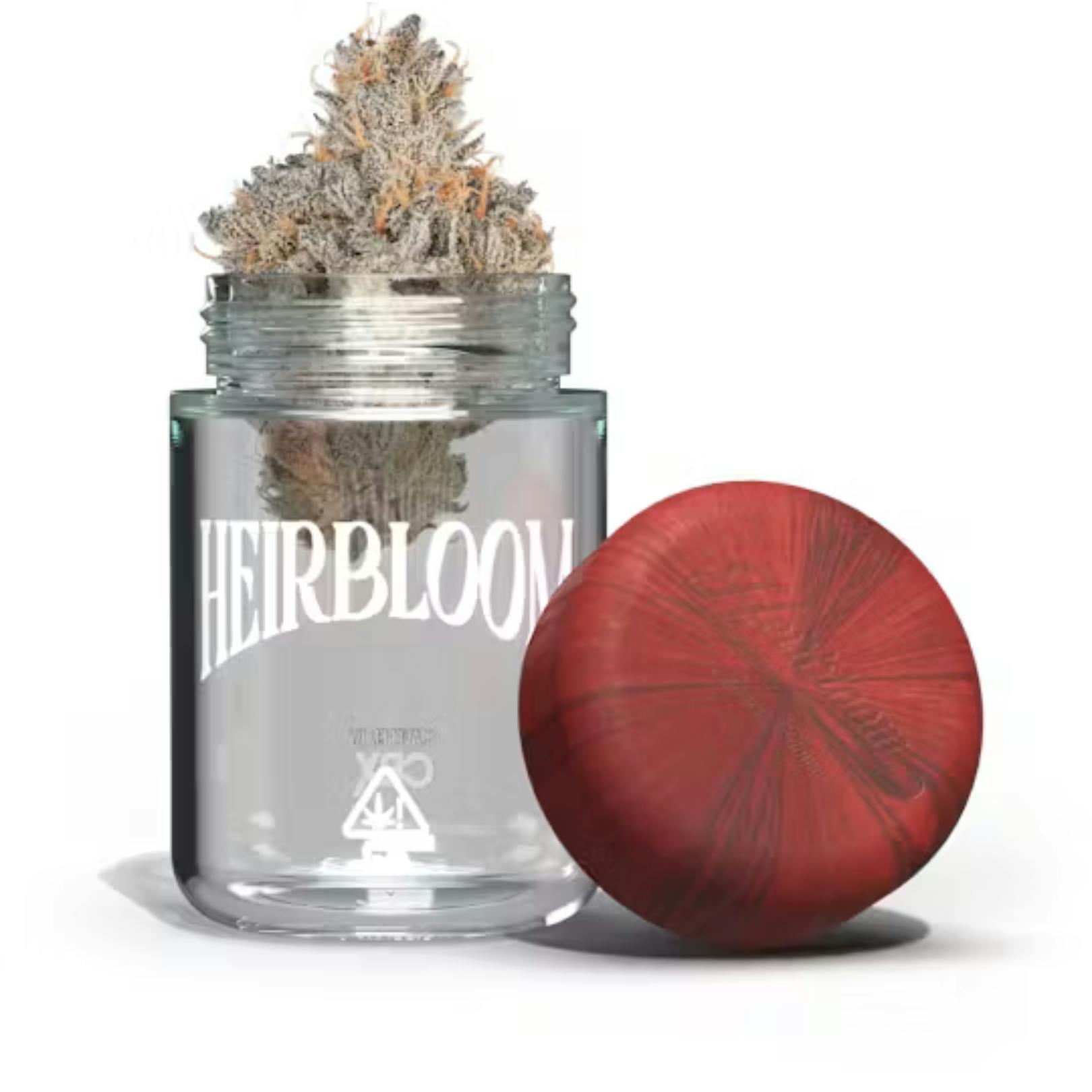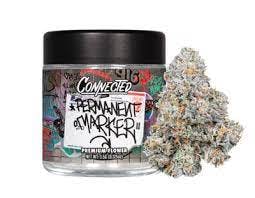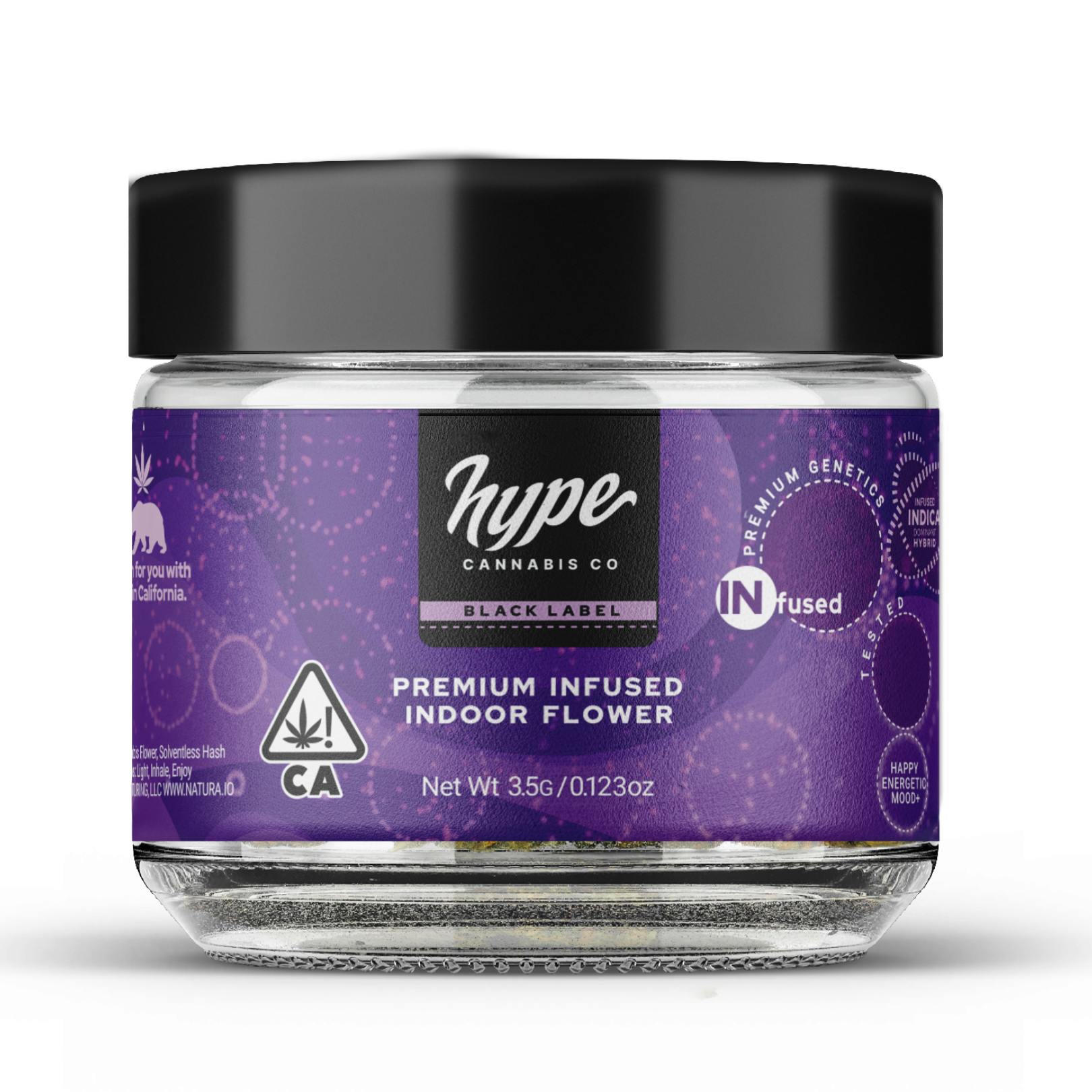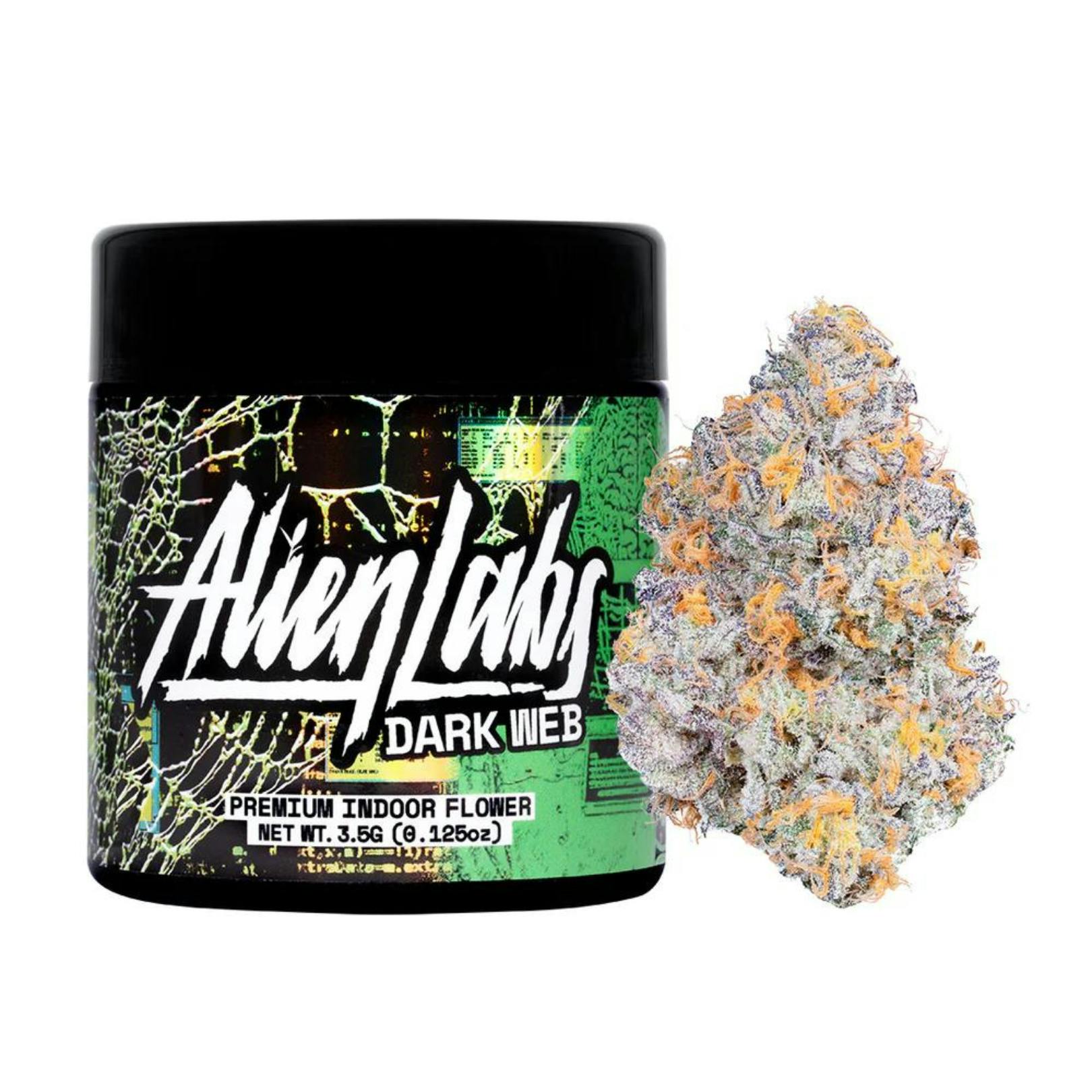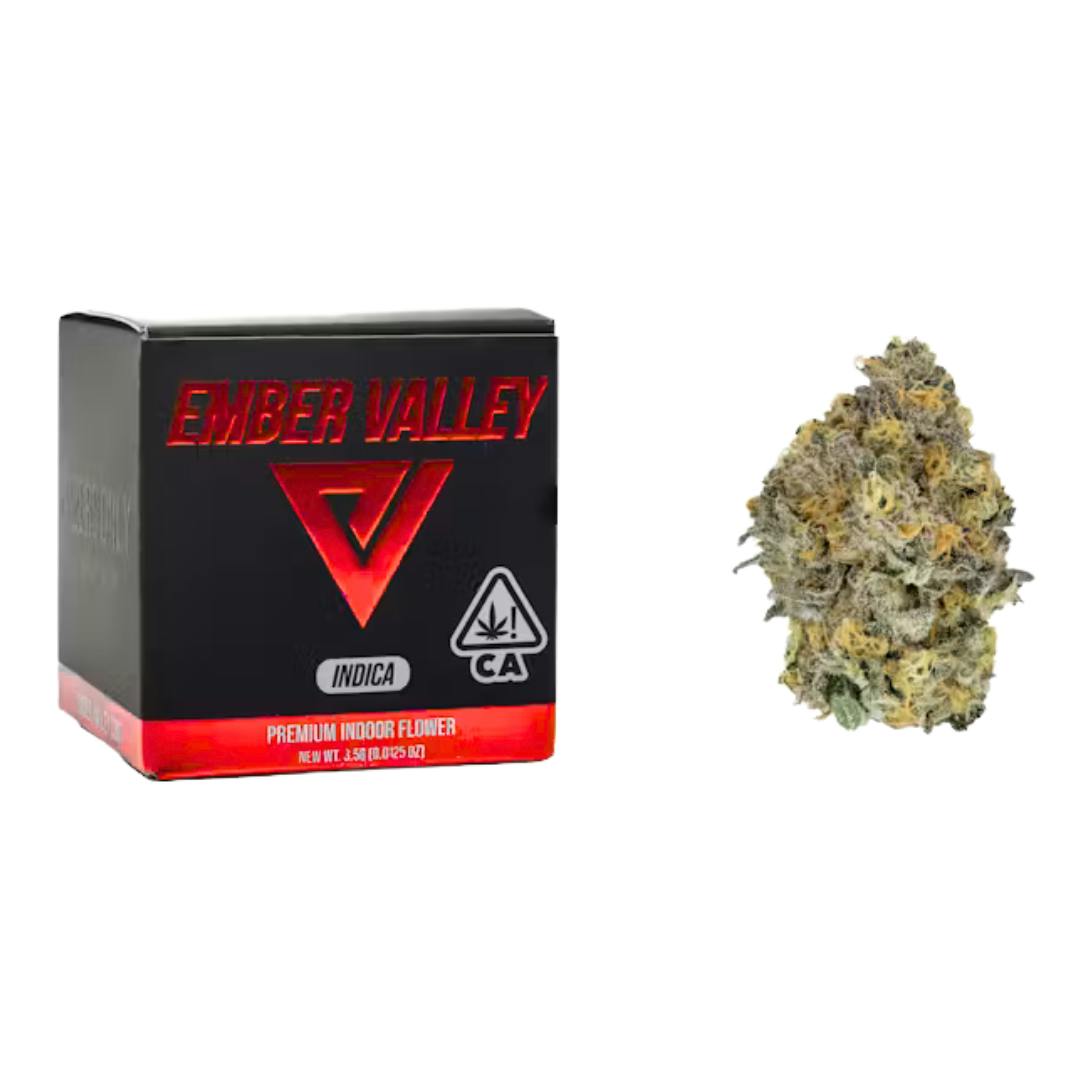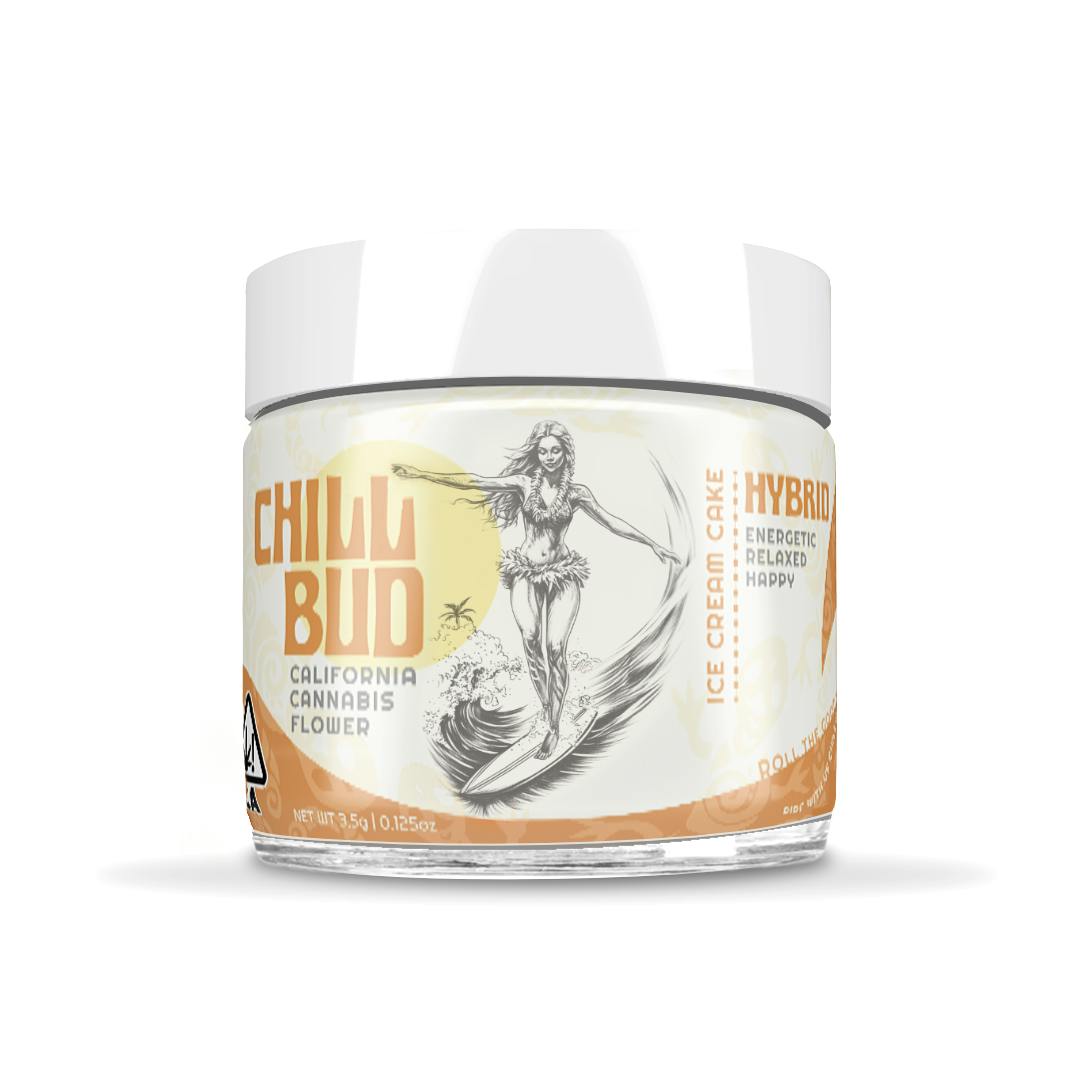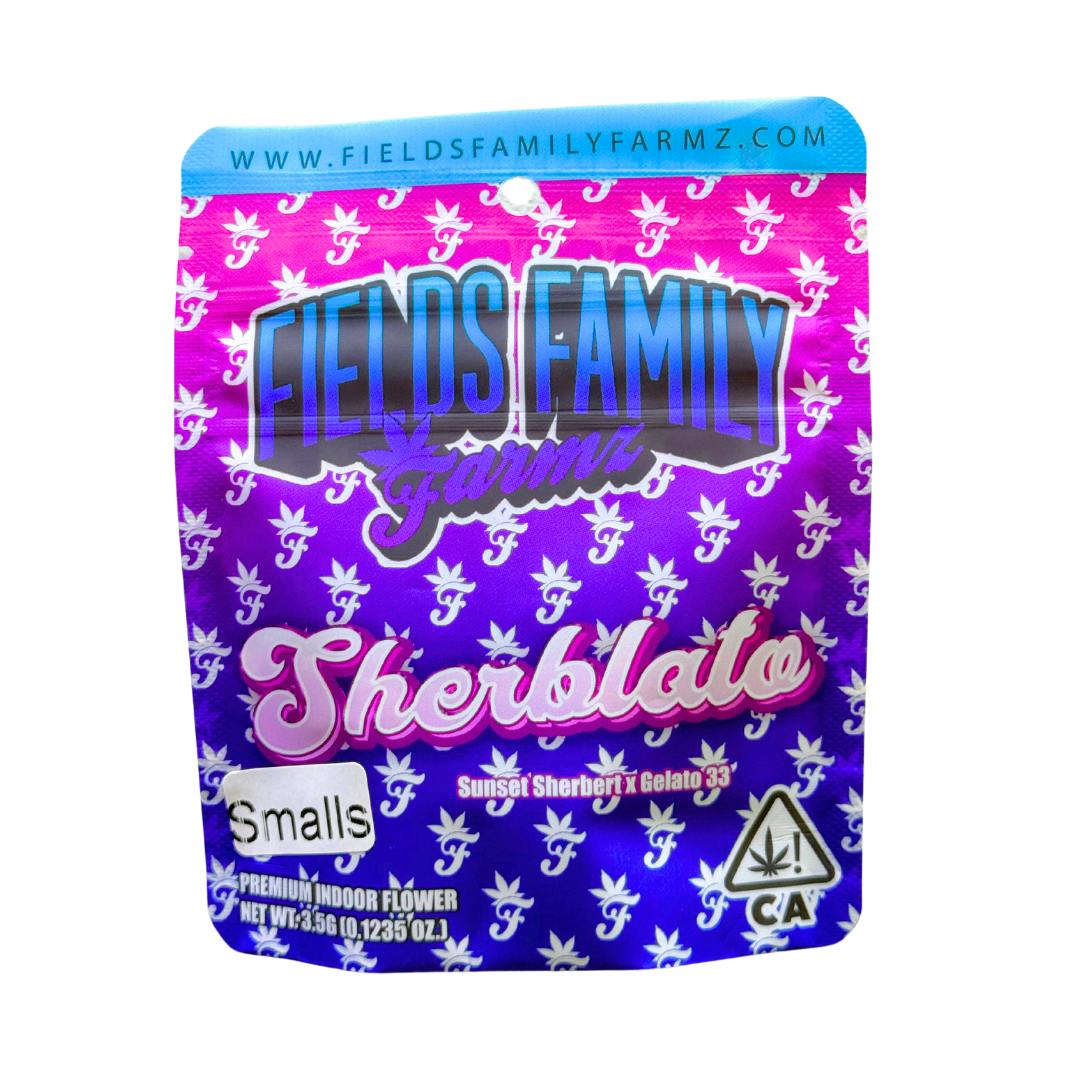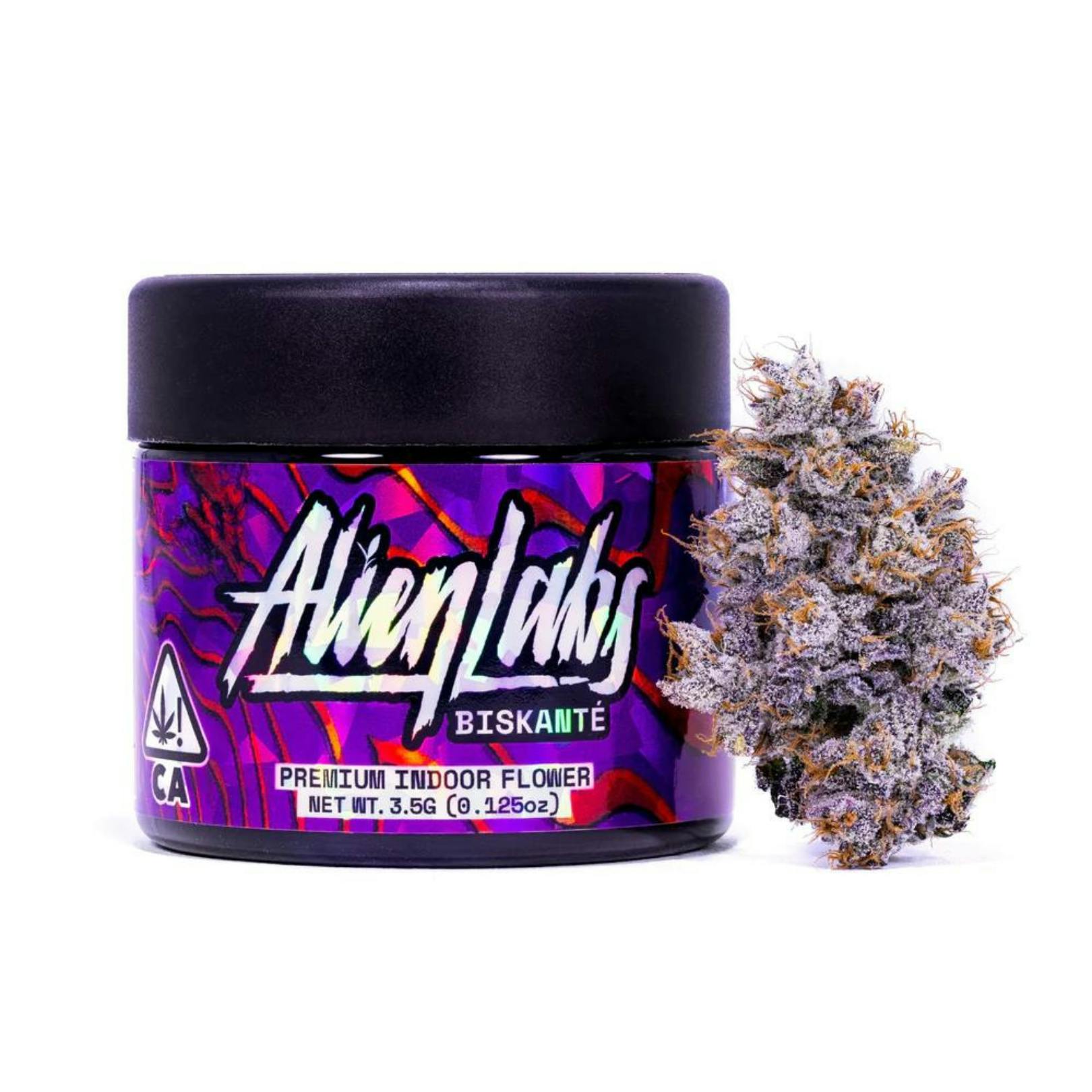HighLights 🔥 Heirbloom 8th Durban Poison is a HYBRID powerhouse from California cannabis connoisseurs. With 27% THC in each 1/8th, this premium cannabis delivers uplifting clarity, gentle body relaxation, and creative focus. Perfect for day or evening, shop cannabis near me at Vibe By California for the ultimate weed experience. About HEIRBLOOM 8TH 🍋 Inspired by classic Durban Poison genetics, Heirbloom’s 8th is crafted from landrace roots and expert breeding. Each HYBRID bud is cultivated in sun-soaked California, hand-trimmed and kissed with real citrus terpenes for a zesty finish. Experience 😌 Taste 🍋 Vibrant citrus zest meets earthy pine, complemented by subtle sweet undertones. Each puff releases refreshing lemon notes and a smooth herbal finish. Craftsmanship 🎨 Hand-trimmed frosty buds showcase dense structure and rich trichomes. Lab-tested for purity & potency, ensuring consistent HYBRID performance in every jar. Curated for superior aroma, appearance, and smoothness. Explore Your Vibe 🧙 It’s Always 420 at Vibe. **Looking for our best deals?** Shop directly on our site VibeByCalifornia.com Cannabinoids are naturally occurring chemical compounds that are found in cannabis and provide consumers with a wide range of effects. THC and CBD are examples of some of the most commonly known cannabinoids.
Terpenes
Cannabinoids
Location
8112 Alpine Ave, Sacramento
Alpha Pinene
0.11%
Alpha Pinene
A commonly found terpene in cannabis, Alpha-pinene lends it's name to it's easily recognized signature scent, that of pine trees. Alpha-pinene is already being used in plants to limit the growth of undesired bacteria as it is the most commonly found terpene in nature. Many users report a boost of energy or brain function when consuming a cannabis product high in Alpha-pinene.
Aromas
Pine
Beta Caryophyllene
0.06%
Beta Caryophyllene
Beta-caryophyllene is known for it's wide variety of potential health benefits both physically & mentally. This terpene has a unique ability to bind to the CB2 receptors; CB2 receptors are targeted when treating pain & inflammation with cannabis. Beta-caryophyllene is also approved for use in food by the FDA & is commonly found in black pepper, cinnamon, & basil.
Aromas
Sharp
, Spice
, Sweet
, Wood
Beta Myrcene
0.31%
Beta Myrcene
beta-Myrcene a.k.a. Myrcene is one of the most common terpenes found in cannabis. Myrcene is known to increase the effects of the psychoactive properties of THC and enhance the health benefits found in CBD. Commonly found in parsley, mangoes & hops, Myrcene is a good option for those looking to add a little relaxation to their overall experience.
Aromas
Earthy
, Musk
, Cloves
Beta Pinene
0.14%
Beta Pinene
beta-Pinene is a monoterpene and one of the two isomer compounds that make up Pinene. This terpene is commonly associated with use in turpentine and luxury goods like perfumes and colognes. Users report an increase in mental clarity and executive function when using strains high in beta-Pinene.
Aromas
Woody
, Pine
Eucalyptol
0.01%
Eucalyptol
Considered to be one of the more studied terpenes, Eucalyptol (Cineole) has shown the potential to improve memory and learning through several randomized placebo-controlled studies conducted by the Natural Health Research Institute. The possible increase in cognitive abilities coupled with a variety of potential health benefits make Eucalyptol a terpene worth having in your next strain.
Aromas
Spice
Limonene
0.1%
Limonene
Limonene is found in citrus rinds and is the second most commonly occurring terpene in nature. This terpene has been used in high dosages as a catalyst in topical products to allow other chemical compounds to pass through the skin for absorption in the blood.
Aromas
Citrus
, Lemon
, Herbal
Terpinolene
1.34%
Terpinolene
Terpinolene is a cannabis terpene with strong aromatic properties which makes it a popular ingredient in perfumes, lotions & soaps. While this may not be a prevailing terpene such as myrcene or linalool, it still has the potential to positively effect the endocannabinoid system through its numerous potential health benefits. Also found naturally occurring in apples, tea trees & sage.
Aromas
Citrus
, Woody
, Spice
CBC
0.03%
CBC (Cannabichromene)
CBC is a unique cannabinoid and is best known for its ability to bind to the TRPV1 and TRPA1 receptors in the brain which are responsible for pain perception. Topical applications of products high in CBC have also shown promise for the treatment of osteoarthritis symptoms and in the treatment of skin conditions such as acne.
CBD
7.62%
CBD (Cannabidiol)
CBD is the second most prevalent cannabinoid and is primarily produced by hemp plants and at lower amounts in cannabis. It works as a phytocannabinoid, or binding agent, that adheres to an individual's endocannabinoid system. Cannabidiol has soared in popularity due to its lack of psychoactive effects. Most users seek CBD for its medicinal properties since it was the first cannabinoid to be approved by the FDA. Its healing properties include an ability to help you relax, reduce irritability and ease restlessness.
CBDA
0.92%
CBDA (Cannabidiolic acid)
CBDA is a derivative of CBGA and the precursor to the well known cannabinoid CBD. Over the last decade scientists have found that CBDA has a very similar chemical structure to that of nonsteroidal anti-inflammatory drugs (NSAIDs) and thus has shown promise in treating pain due to inflammation by inhibiting COX-2 receptors in the brain that register pain. CBDA has also been shown to help regulate the over release of serotonin that causes severe nausea and vomiting in patients receiving chemotherapy, and while more thorough research is needed these results are very promising.
CBG
0.19%
CBG (Cannabigerol)
Cannabinoids are synthesized by Cannabigerolic Acid. CBG is the decarboxylated form of this acid that appears at low levels in most cannabis plants. Because its properties are beneficial to multiple parts of the endocannabinoid system, CBG has a wide range of therapeutic uses. It is non-psychotropic and can provide analgesic and antidepressant qualities.
THC-D9
11.3%
THC-D9 (Delta 9–tetrahydrocannabinol)
Delta 9 THC is the primary compound found in the resinous glands of a cannabis plant, and is directly responsible for psychoactive effects. It mirrors the body’s naturally occurring cannabinoids and attaches to these receptors to alter and enhance sensory perception. THC can create a feeling of euphoria by enhancing dopamine levels in the brain. The amount of THC in a cannabis product can vary widely based on the method of consumption and the strain at the source of that product. The high that is produced is often enhanced by the “entourage effect” which is a combination of multiple cannabinoids in conjunction with various terpenes and individual body chemistry.
THCA
304.31%
THCA (Δ9-tetrahydrocannabinolic acid)
THCA is a cannabis compound with a laundry list of potential mental and physical health benefits. THCA is the non-psychoactive precursor to THC, the most famous cannabinoid of all. While THC is responsible for the psychoactive “high” that so many of us enjoy, THCA has shown great promise as an anti-inflammatory, neuroprotectant and anti-emetic for appetite loss and treatment of nausea. THCA is found in its highest levels in living or freshly harvested cannabis samples. For this reason some users choose to juice fresh cannabis leaves and flowers to get as much THCA as possible.
Sorry! You've added the 1 remaining Koko's Cookies 14g to your cart already.

